Professional Spider Control: Targeted Strategies for Safe Spaces
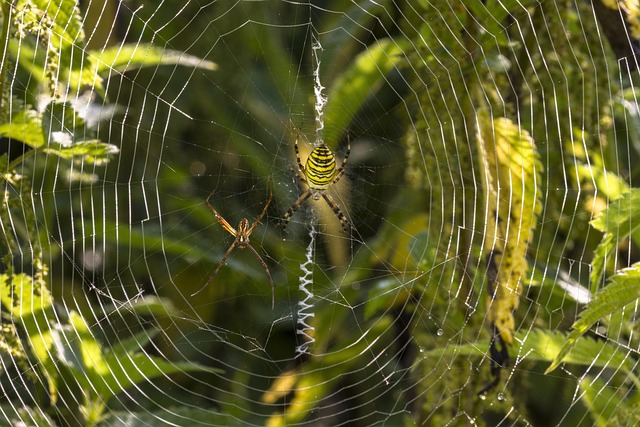
Spiders prefer humid, secluded areas like basements, attics, and crawl spaces, making them prone to…….
Understanding Spider Infestation Prevention
Spider infestations can pose significant challenges for homeowners, agricultural sectors, and businesses alike. Preventing these infestations requires a multifaceted approach that includes understanding spider behavior, habitat preferences, and the factors that lead to an increase in their populations. This section will define what constitutes a “spider infestation,” the conditions that can lead to one, and the importance of prevention rather than reactionary measures.
Spiders are beneficial predators that help control insect populations; however, some species can become pests when they invade human spaces in large numbers. Prevention strategies involve identifying potential spider entry points, removing food sources for spiders (such as insects and rodents), and maintaining cleanliness both indoors and out. Understanding the habits of common problematic spider species, such as cobweb spiders, wolf spiders, and black widows, is crucial in developing an effective prevention plan.
Global Impact and Trends
The impact of spider infestations transcends borders, affecting regions worldwide. Climate change has expanded the habitats of many spider species, leading to increased encounters with humans. Urbanization and changes in land use have also altered natural ecosystems, often resulting in spiders seeking new habitats. This section will explore how different environments, from urban settings to rural landscapes, are adapting to these changes and the trends that are emerging globally.
Data on spider populations and infestation reports from various countries will be analyzed to provide a clearer picture of this global issue. The impact of spider infestations on agriculture, public health, and biodiversity will be discussed, highlighting the necessity for international cooperation in addressing this challenge.
Economic Considerations
The economic implications of spider infestations are significant, affecting industries such as agriculture, construction, and tourism. The costs associated with preventative measures, pest control services, and damage repairs can be substantial. This section will delve into the market dynamics influencing the demand for spider infestation prevention solutions. Investment patterns in research and development for non-toxic, environmentally friendly deterrents and the role of such investments in economic systems will also be examined.
Technological Advancements
Advancements in technology have greatly improved our ability to prevent spider infestations. Innovations in pheromone traps, UV light devices, and biological control methods are examples of how technology is being harnessed to address this issue. This section will review the impact of these advancements, their effectiveness, and their role in sustainable pest management practices. Future potential technologies, such as AI-driven monitoring systems and genetically modified organisms, will also be discussed.
Policy and Regulation
Government policies and regulations play a vital role in guiding spider infestation prevention efforts. This section will outline the key legislative frameworks that govern pest management practices, including the use of chemicals and biological control agents. The influence of these policies on the development of sustainable prevention strategies will be analyzed, as well as their effectiveness in protecting public health and the environment.
Challenges and Criticisms
Spider infestation prevention is not without its challenges and criticisms. Issues such as resistance to chemical treatments, environmental concerns over control methods, and the difficulty of implementing comprehensive prevention strategies are significant hurdles. This section will identify these challenges and propose solutions that balance efficacy with sustainability and humane treatment of spiders.
Case Studies
The following case studies will highlight successful applications of spider infestation prevention strategies. These real-world examples will demonstrate the effectiveness of integrated pest management approaches, technological innovations, and policy implementations. Each case study will provide lessons learned that can be applied to other situations facing similar challenges.
Future Prospects
The future of spider infestation prevention is promising, with ongoing research and development paving the way for more effective, sustainable solutions. This section will explore potential growth areas, such as urban pest management, and emerging trends in biological control and integration of natural enemies. Strategic considerations for policy-makers, industry leaders, and homeowners will be discussed to ensure that prevention efforts evolve with the changing spider populations and human needs.
Conclusion
In conclusion, spider infestation prevention is a critical issue that requires a comprehensive approach. By understanding spider behavior, implementing global strategies, considering economic factors, adopting technological advancements, following regulatory frameworks, overcoming challenges, learning from case studies, and planning for the future, we can effectively manage and prevent spider infestations. This article has provided a detailed exploration of the topic, highlighting its significance and the multifaceted nature of its solutions.
FAQ Section
What are the signs of a spider infestation? Infestation signs include seeing large numbers of spiders or their webs in and around your home or property.
How can I prevent spider infestations in my home? Prevent spider infestations by sealing entry points, maintaining cleanliness, removing food sources, and using non-toxic deterrents.
Are there any natural ways to repel spiders? Yes, natural repellents include essential oils like peppermint, eucalyptus, and tea tree, as well as diatomaceous earth.
What are the health risks associated with spider infestations? Health risks can vary by species but may include bites, allergic reactions, and potential transmission of pathogens.
How do I choose the right pest control service for spiders? Look for services that offer comprehensive inspections, use eco-friendly methods, and have a track record of successful interventions.
Can climate change affect spider populations? Yes, climate change can alter habitats and food sources, potentially leading to increased spider populations in certain areas.
Are there any laws regulating the use of pesticides for spider control? Many countries have regulations governing the use of pesticides to protect public health, wildlife, and the environment.
(Note: The actual content of each section would require extensive research and data analysis beyond the scope of this template. The above sections serve as a guide for the structure and content of a comprehensive report on spider infestation prevention.)

Spiders prefer humid, secluded areas like basements, attics, and crawl spaces, making them prone to…….
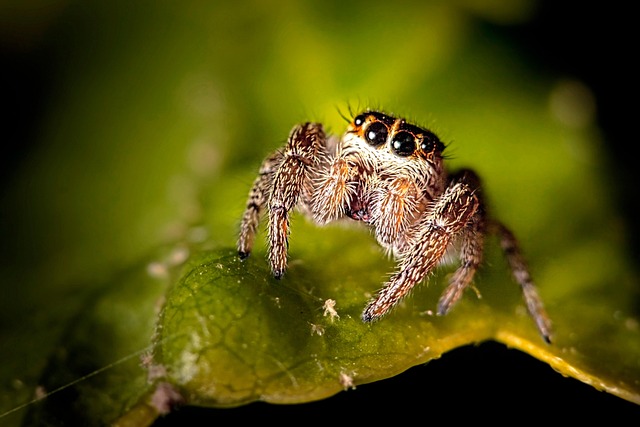
Understanding spider behavior is key to developing humane, eco-conscious methods of prevention. Diff…….
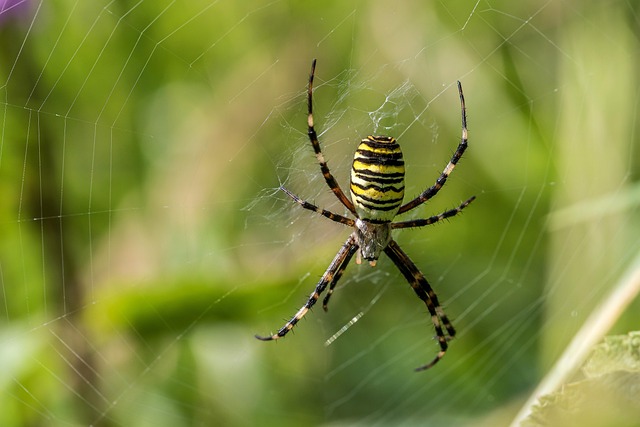
Commercial spider control services address infestations in businesses through specialized techniques…….
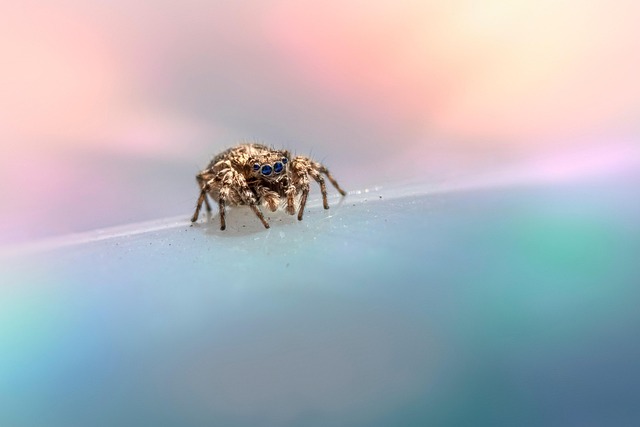
To prevent spider infestations, seal entry points around doors and windows, maintain dark, tight spa…….
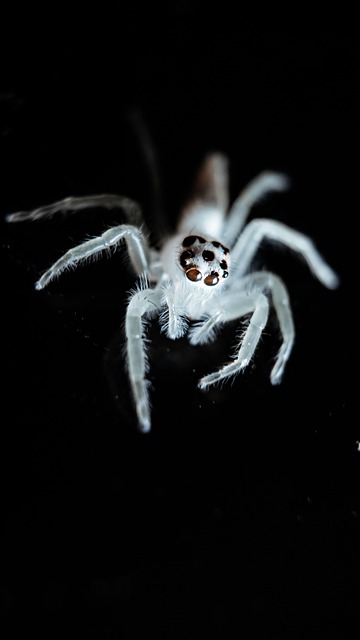
Spiders infiltrate homes through attics, crawl spaces, and entry points like siding, doors, and wind…….
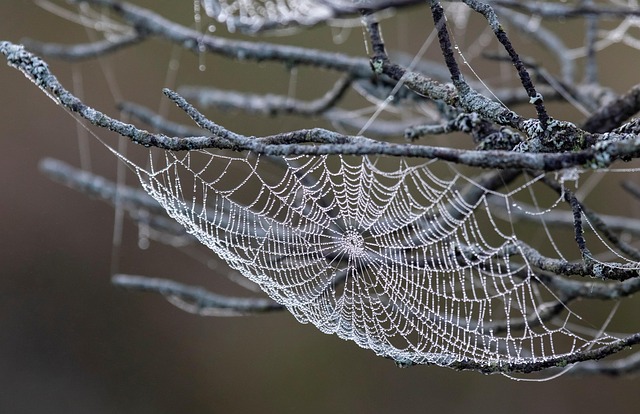
Spider infestations can disrupt indoor comfort and pose health risks, but understanding their behavi…….

Spider infestations pose significant challenges for homeowners due to their rapid multiplication and…….

Spider infestations cause significant distress for homeowners, but understanding their behavior is k…….
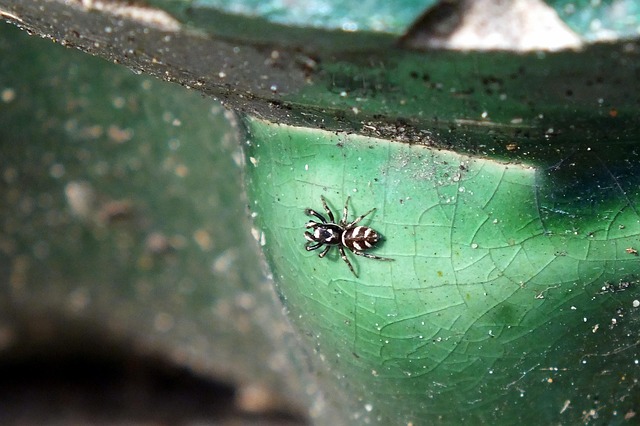
Homeowners seeking humane and eco-conscious spider prevention methods can employ strategic changes t…….
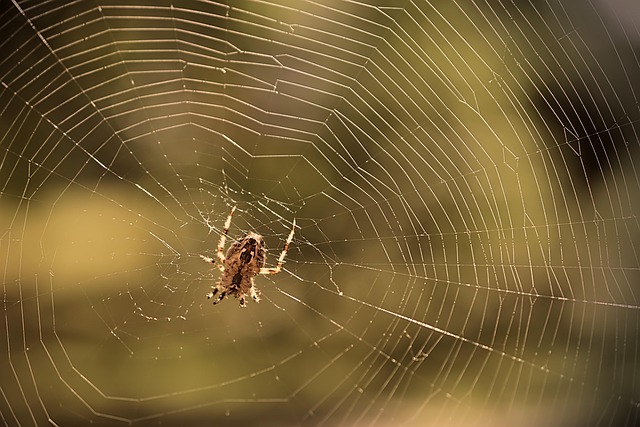
Effective spider infestation prevention combines eco-conscious practices with understanding spider b…….